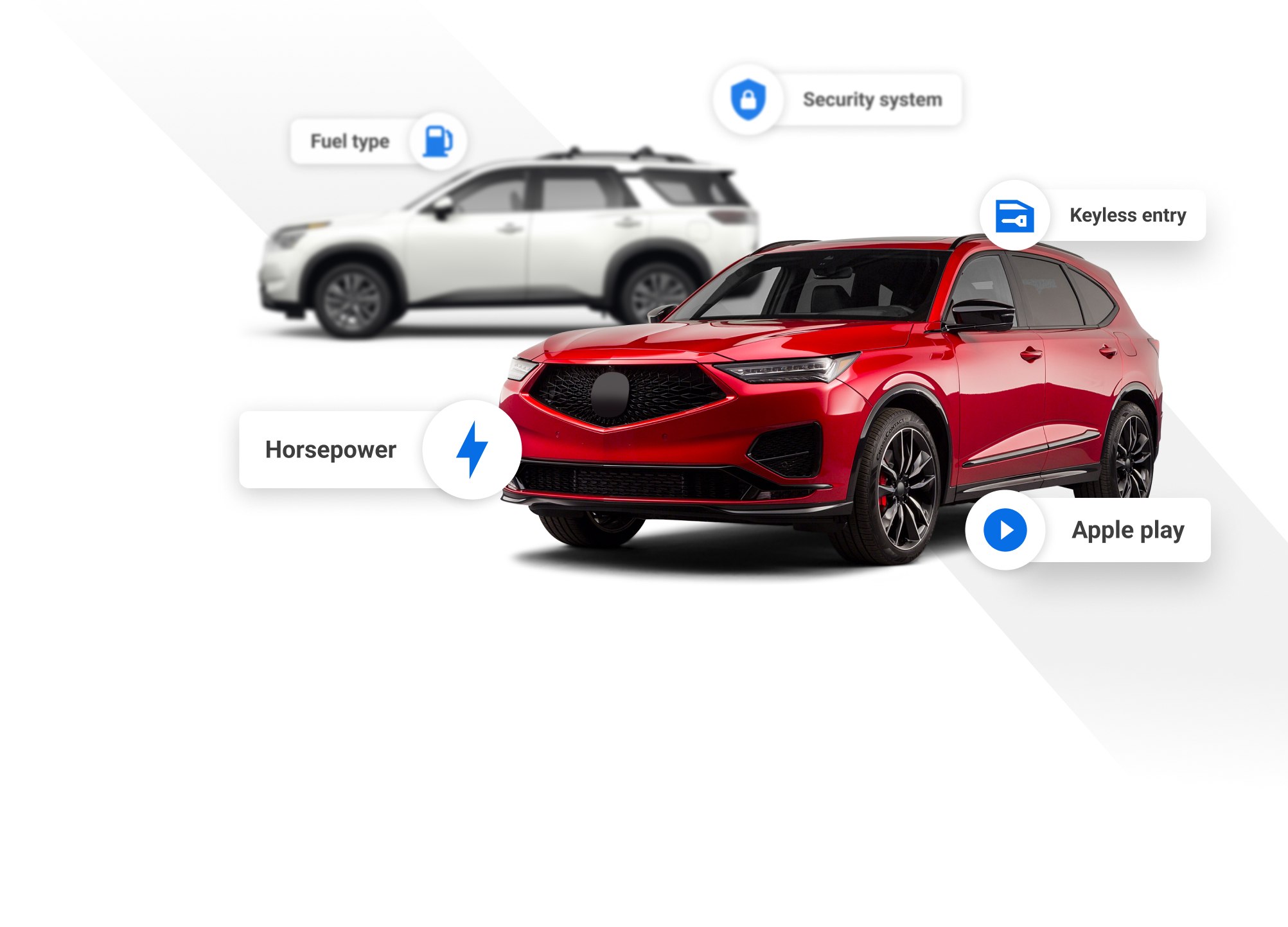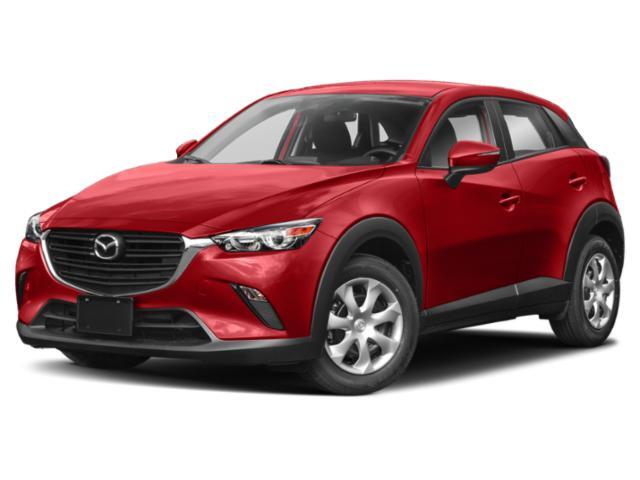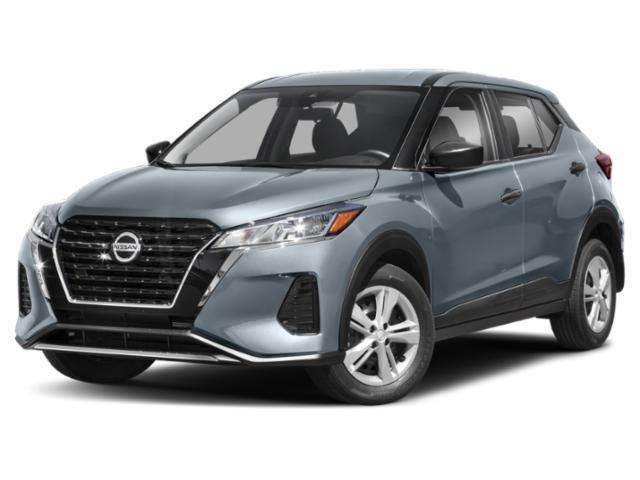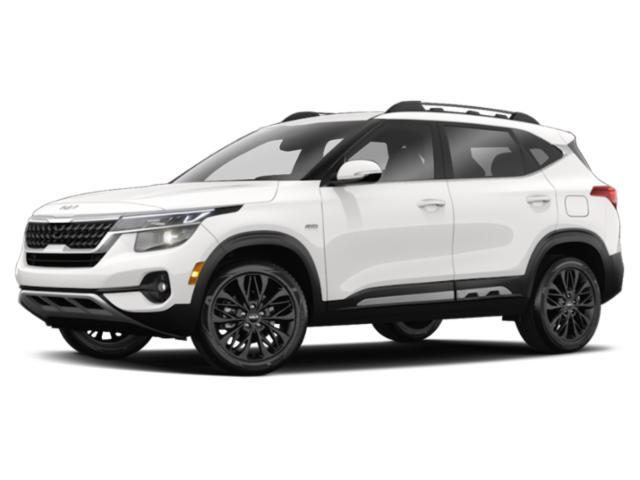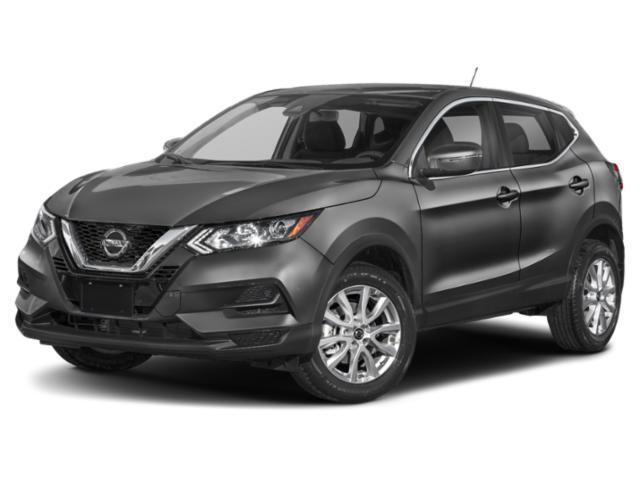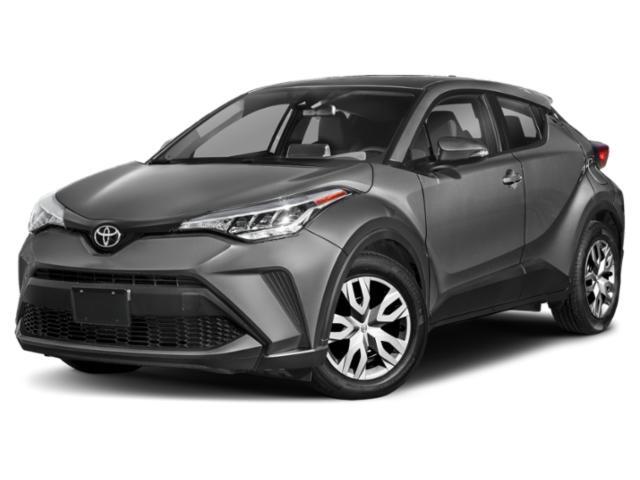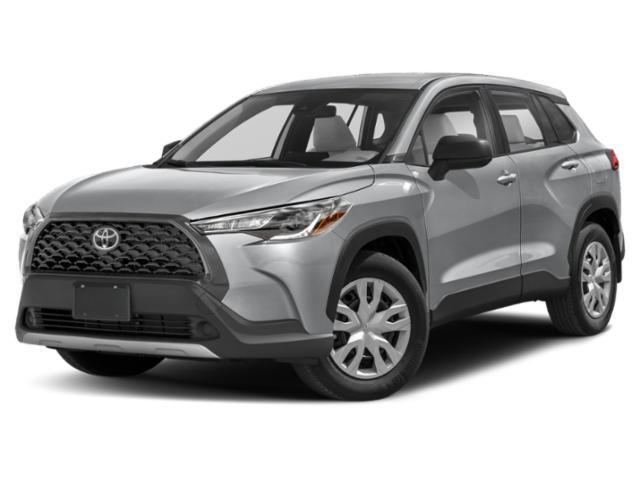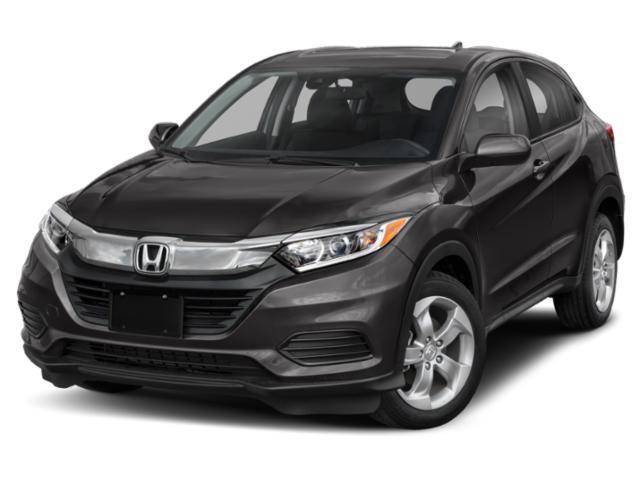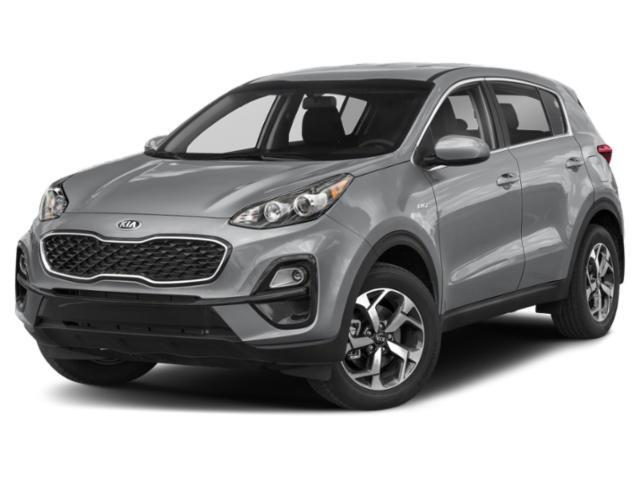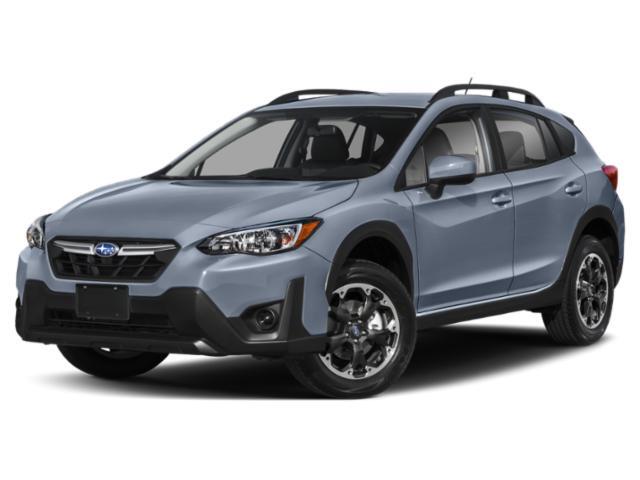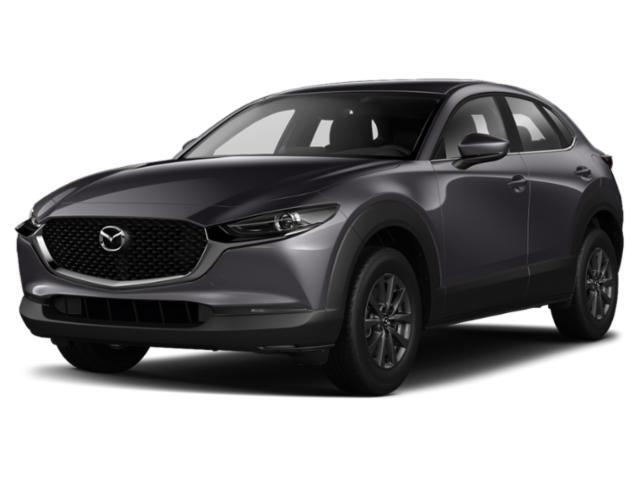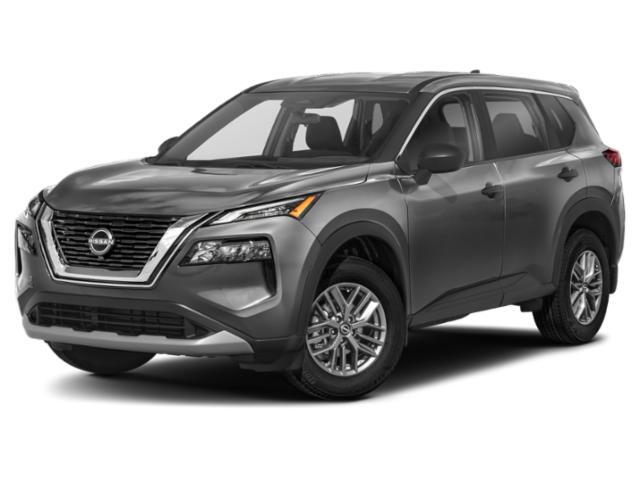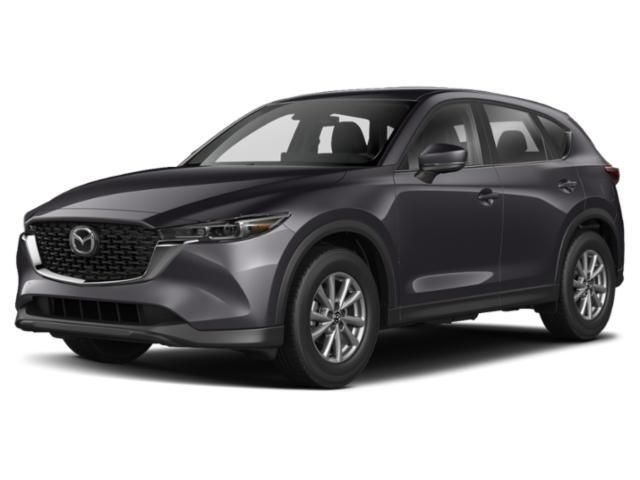
2022 Hyundai Kona

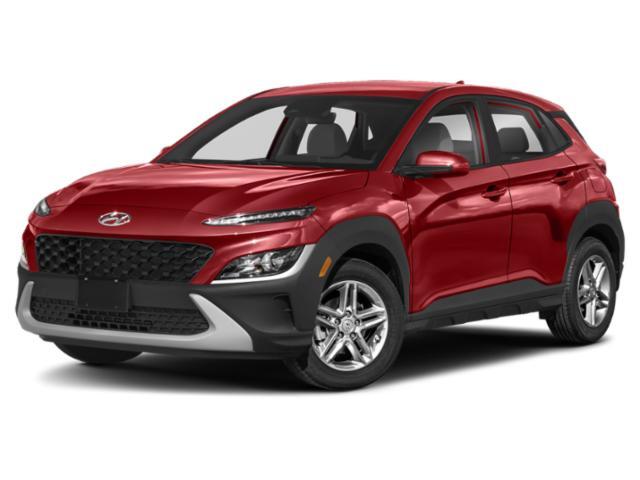
Key Specifications for 2022 Hyundai Kona






Buyer’s Guide
History/Overview
The Hyundai Kona is a popular option in the subcompact crossover class, to which it brings a healthy amount of style and performance at an affordable price.
What’s New/Key Changes From Last Year
For 2022, the Kona gets its first refresh since its 2018 introduction. It’s a significant one, too: there’s new front-end styling, and an updated interior that gets a larger standard infotainment touchscreen, an optional upsized display and an available digital gauge cluster.
Available Trims
Hyundai has also revised the Kona’s trim structure. Essential and Preferred trims use a 2.0L four-cylinder engine mated to a six-speed automatic transmission and either front- or all-wheel drive. New for 2022 is an N Line trim (replacing last year’s 1.6T trim designation) that uses a carried-over 1.6L turbo four-cylinder with standard with AWD and a seven-speed dual-clutch transmission.
Standard Features
Essential trim comes wearing 16-inch alloy wheels, black lower body cladding, body-colour door handles, auto on/off headlights, and heated/power-adjustable side mirrors.
Inside, Essential trim comes with cruise control, power windows/door locks with keyless entry, heated front seats, cloth upholstery, Bluetooth, Wireless Android Auto/Apple CarPlay, a six-speaker stereo in an 8.0-inch touchscreen, air conditioning, and a 4.2-inch gauge cluster display.
The basic safety package comprises tire pressure monitoring, lane change/lane keep assist, forward collision warning with automatic braking, and driver attention warning.
Preferred trim gains 17-inch wheels, fog lights, remote engine start, leather-trimmed heated steering wheel/shifter, satellite radio, blind spot detection, and rear cross traffic alert with collision avoidance assist.
A Preferred Sun and Leather package gets adaptive cruise, leather seating, and upgraded collision avoidance with cyclist detection.
In addition to its upgraded powertrain, N Line adds 18-inch wheels, body-colour lower cladding, and woven seats.
Finally, N Line Ultimate gets LED headlights and taillights, an eight-way power driver’s seat with lumbar, wired smartphone integration, a head-up display, wireless smartphone charging, a 10.25-inch infotainment screen, automatic A/C, a full-digital gauge cluster, highway driving assist, and automatic high beams.
Fuel economy
Hyundai’s fuel consumption estimates for the Kona are 8.0/6.6 L/100 km (city/highway) with the 2.0L engine and FWD, and 8.5/7.2 L/100 km with AWD. The N Line’s turbo motor is rated for 8.8/7.4 L/100 km (city/highway).
Competition
Hyundai’s Kona competition includes its South Korean sibling, the Kia Seltos. Key domestic players in this field are the Chevrolet Trailblazer, the Ford Ecosport and the Stellantis-built twins the Jeep Renegade and Fiat 500X. There are a number of Japanese models in this class, too: the Honda HR-V, the Mazda CX-30, Subaru’s Crosstrek, the Nissan Qashqai, the Toyota C-HR, and the Mitsubishi RVR.
Review & Compare:
Photos

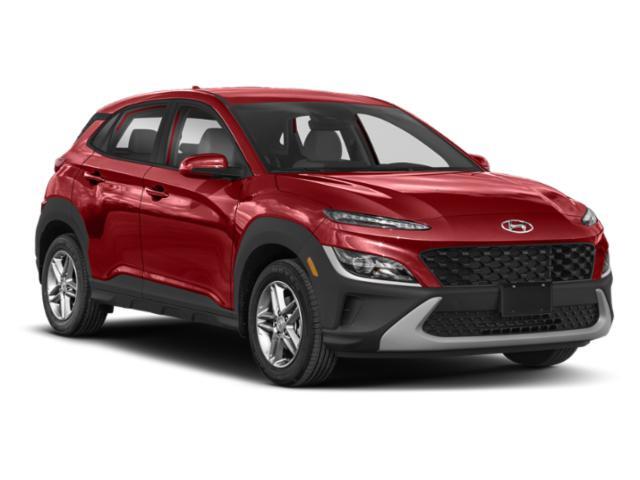
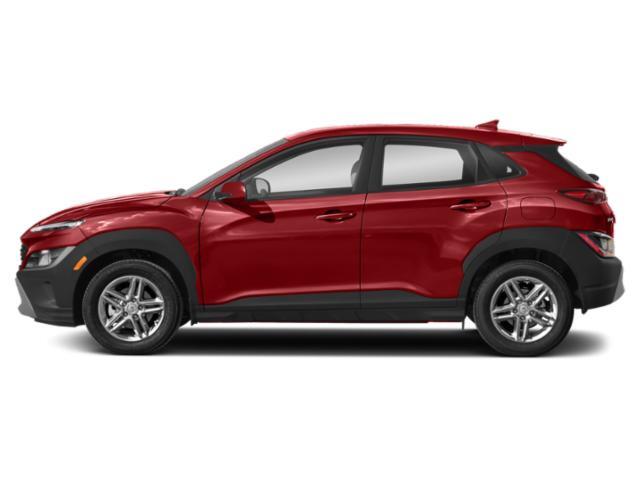
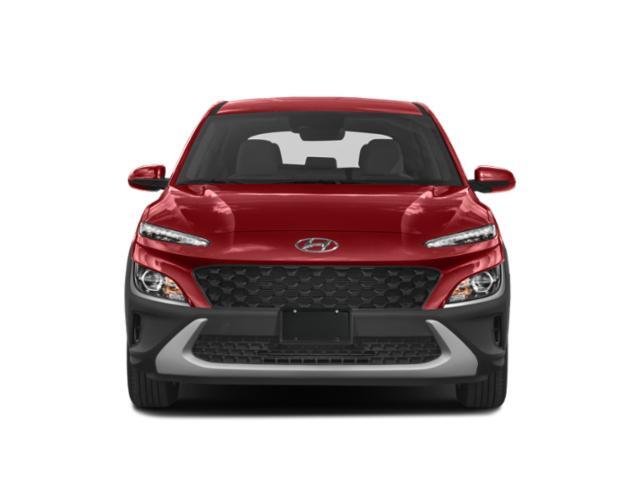
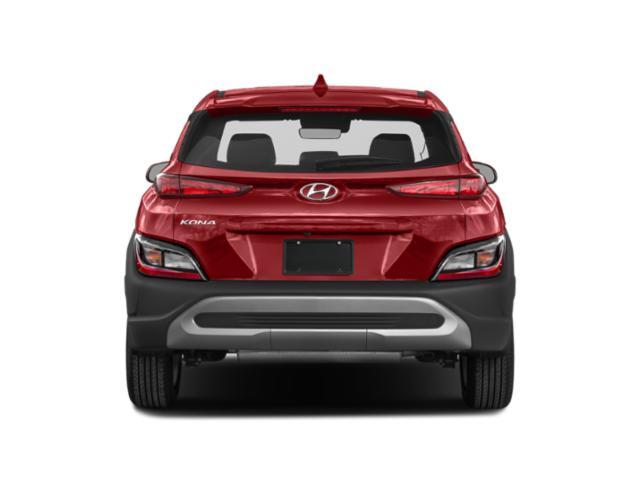
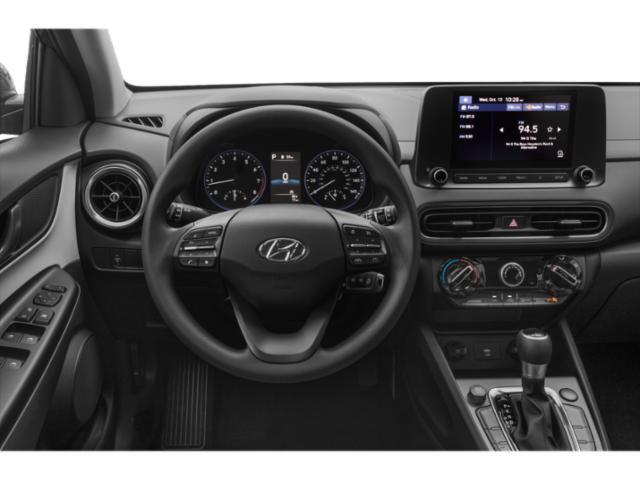
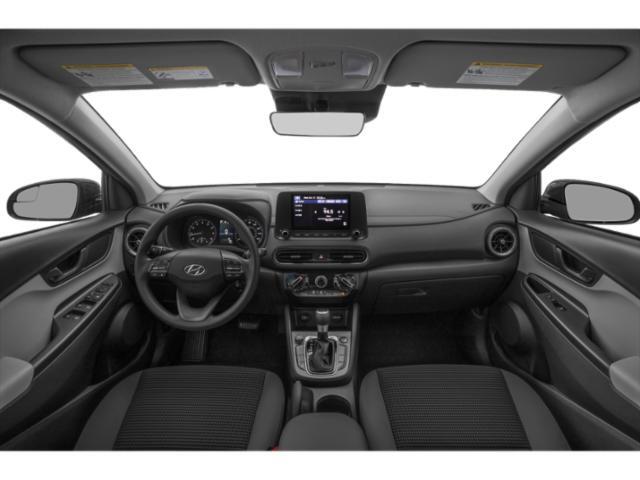
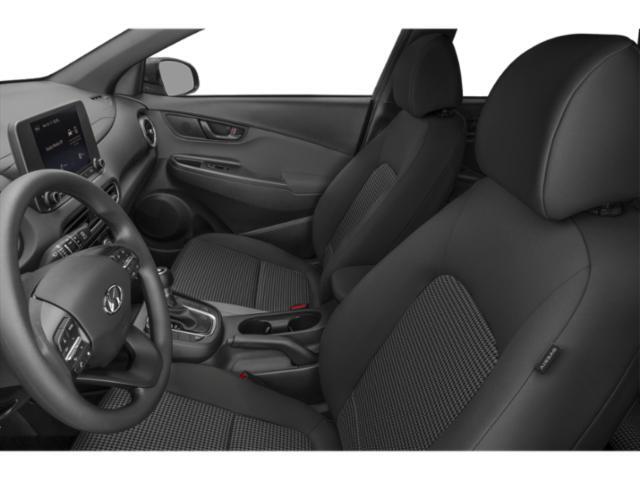
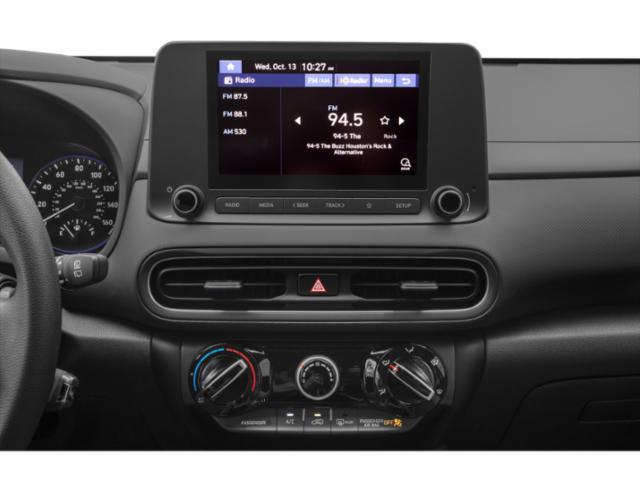
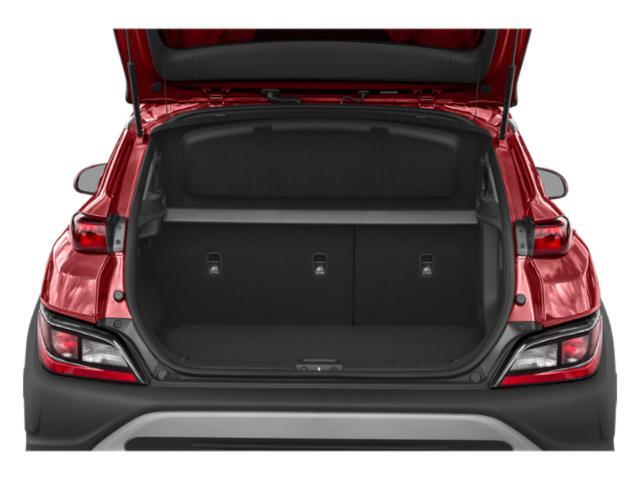
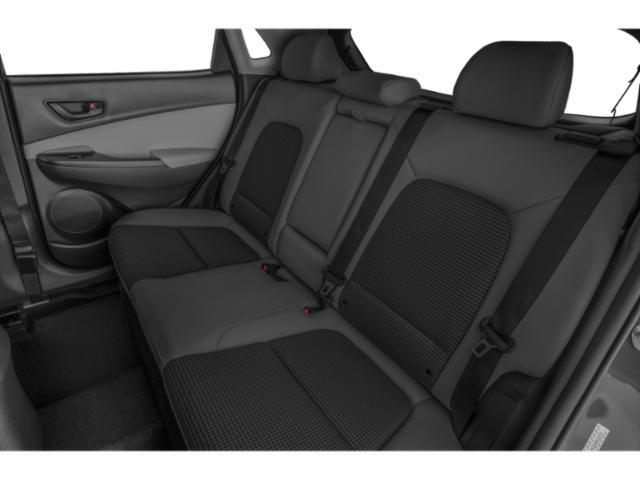
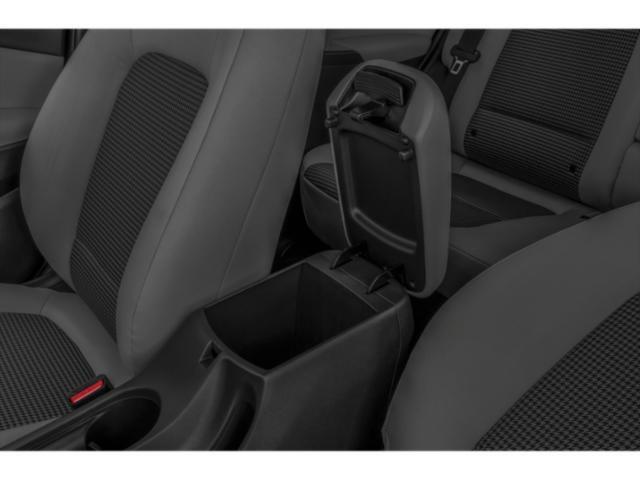
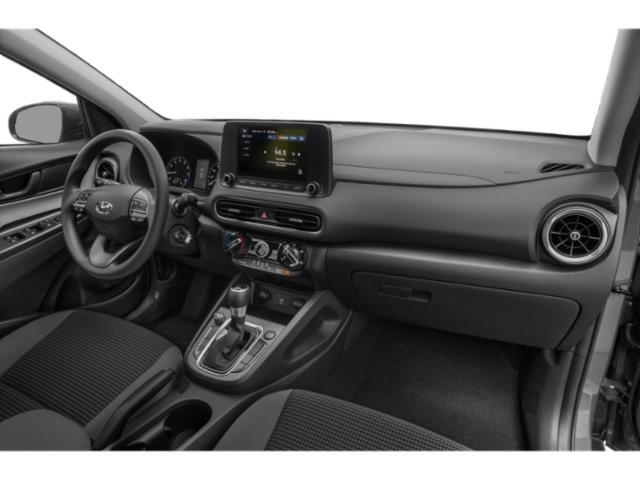
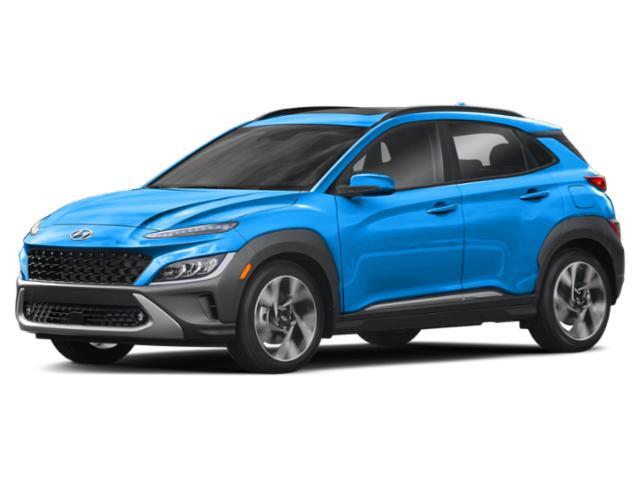
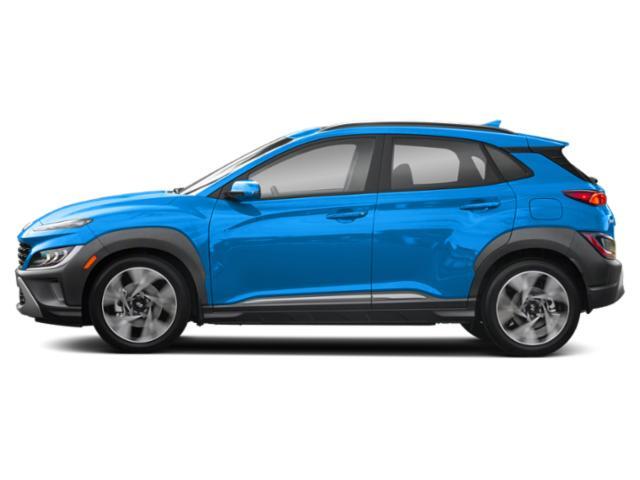
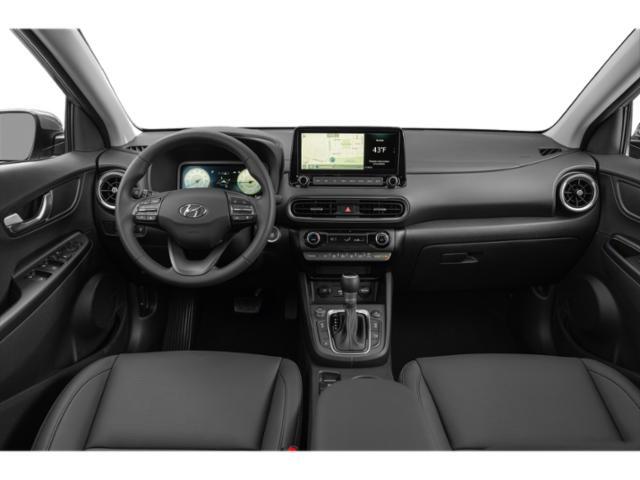
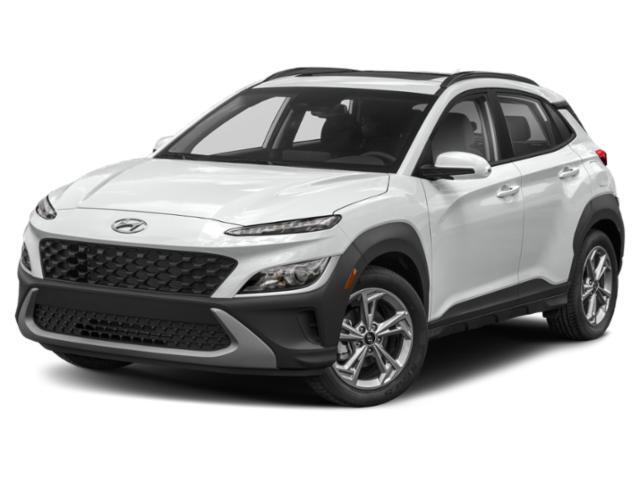
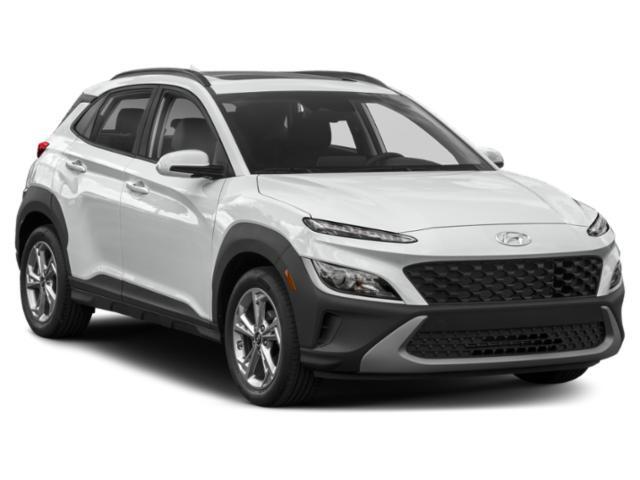
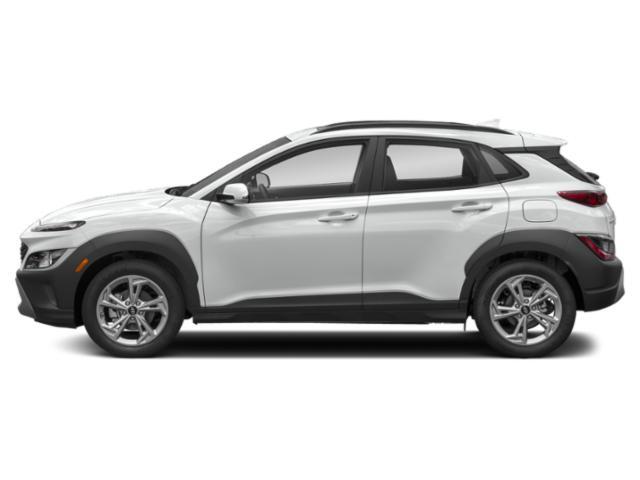
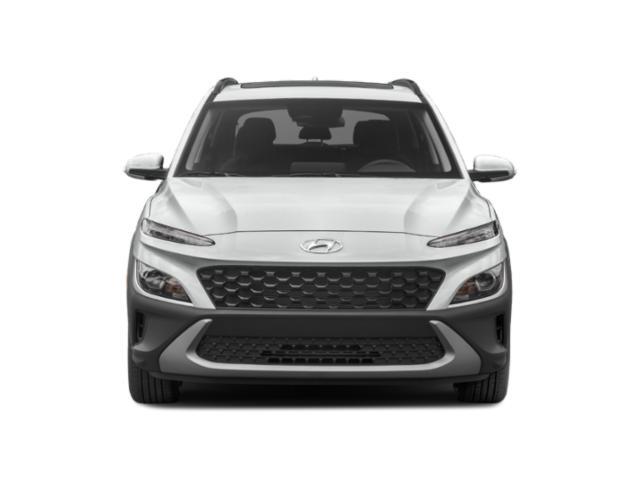
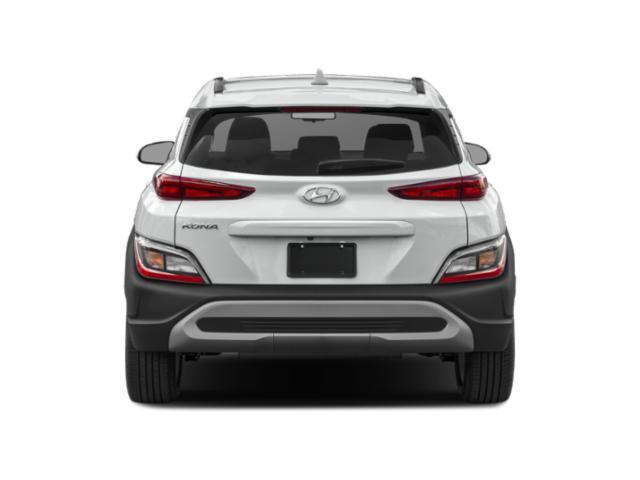
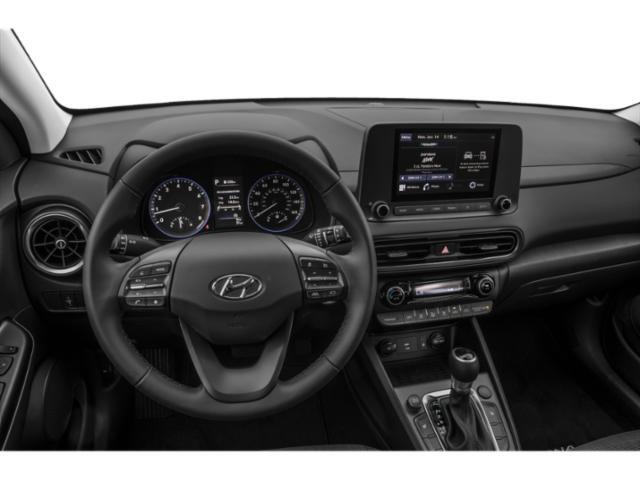
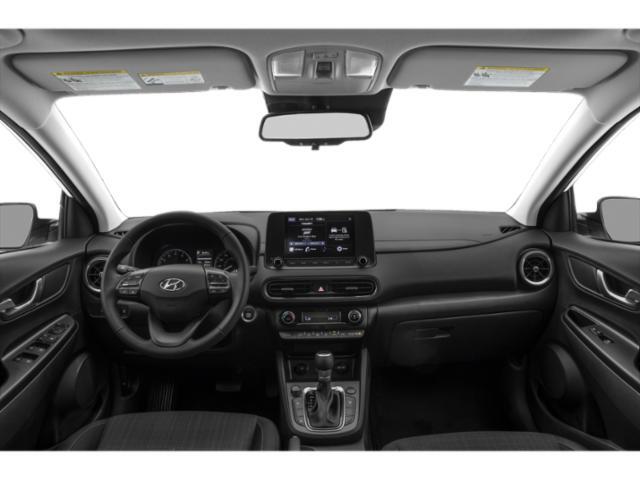
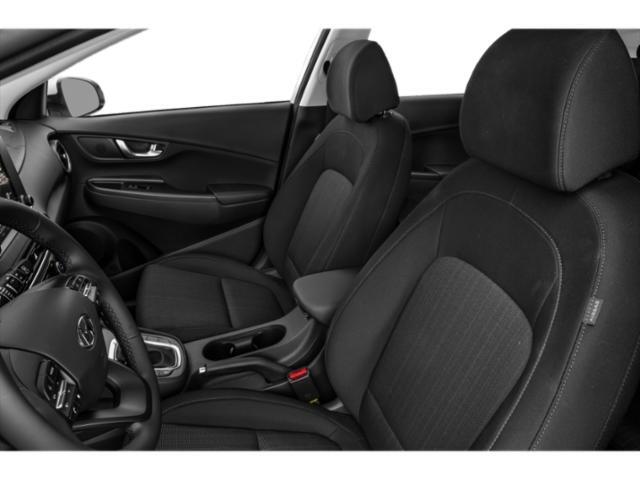
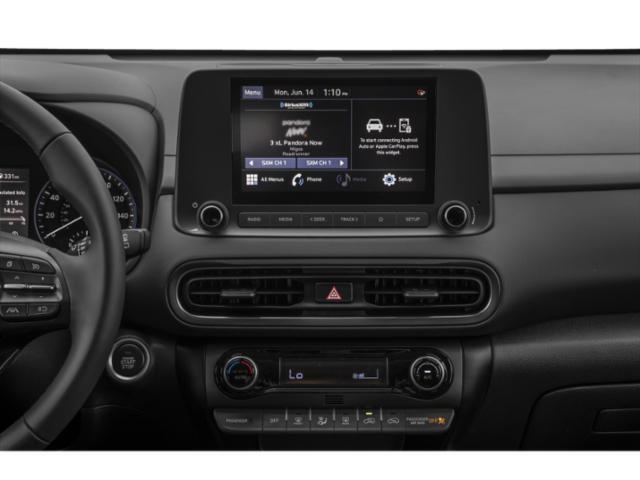
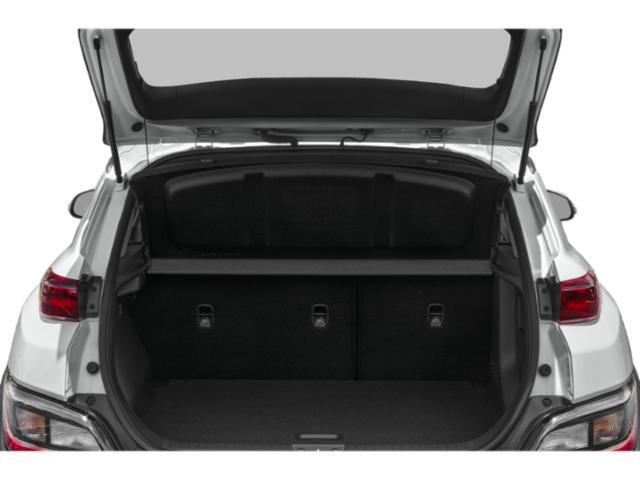
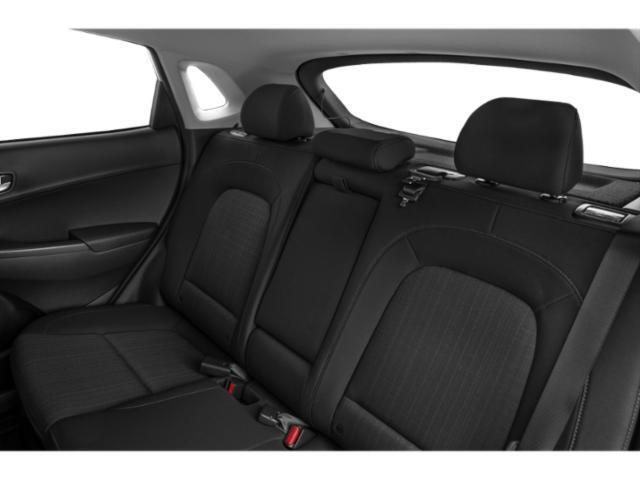
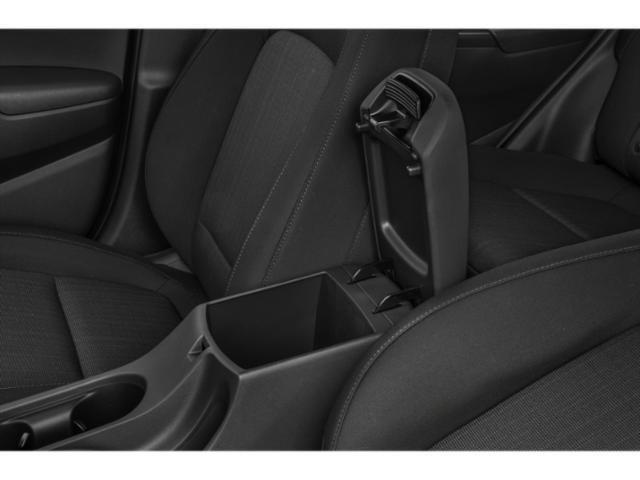
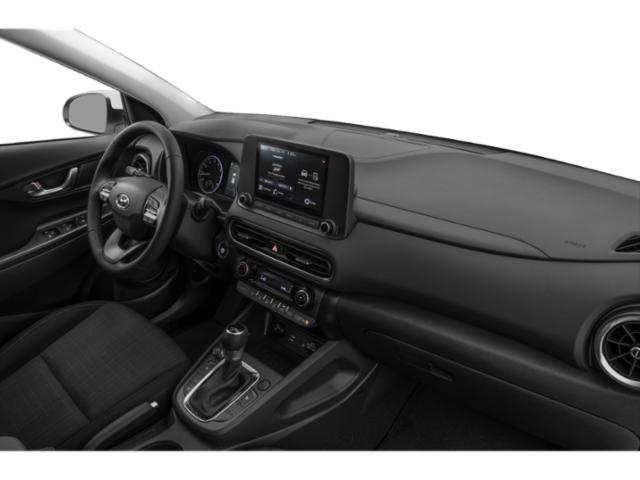
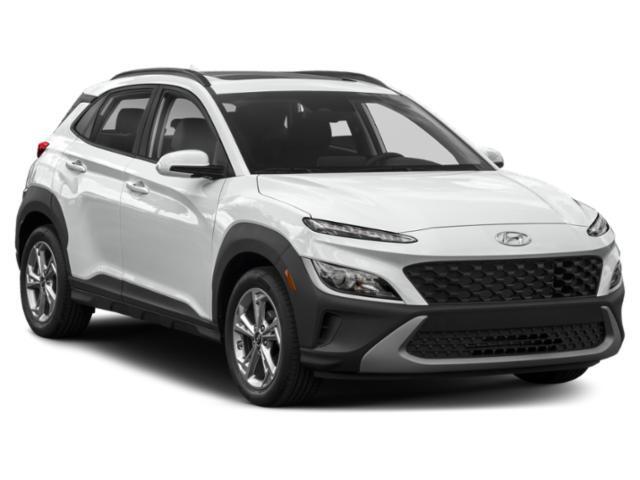
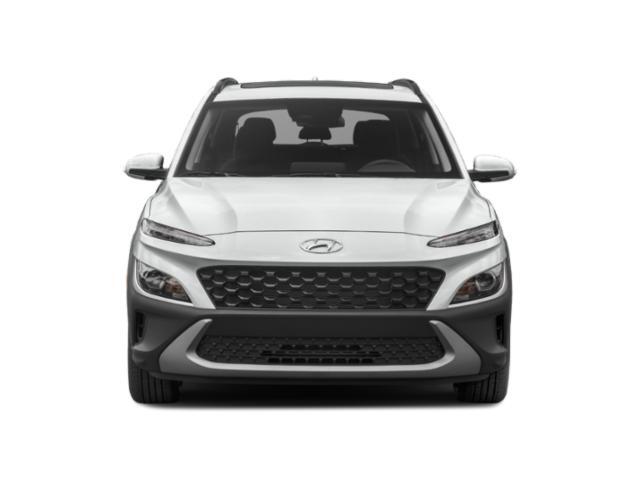
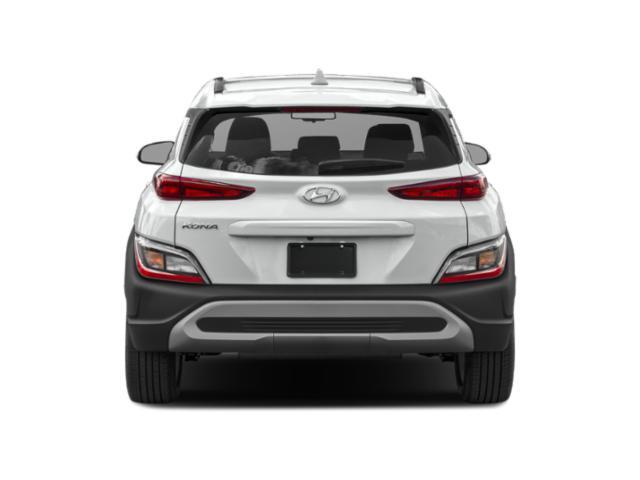
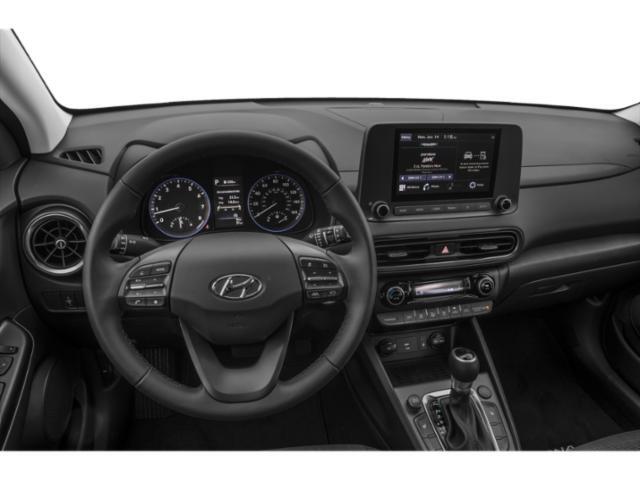
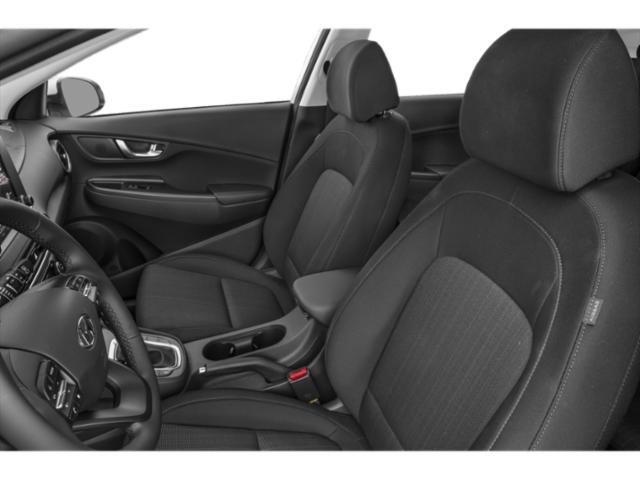
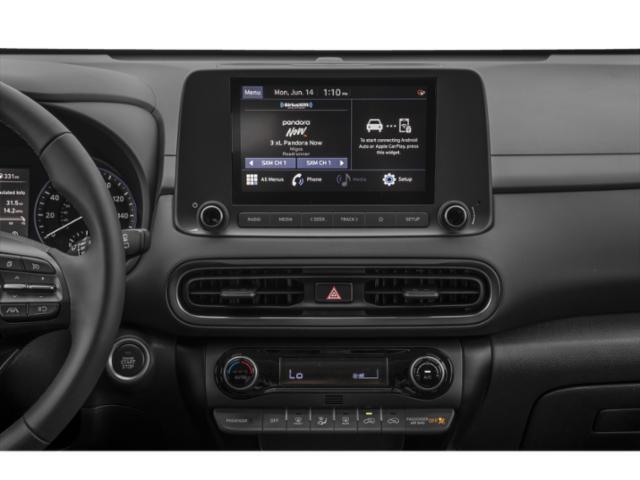
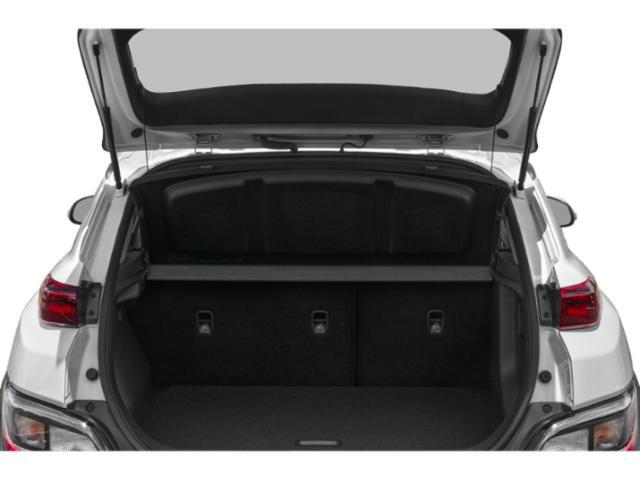
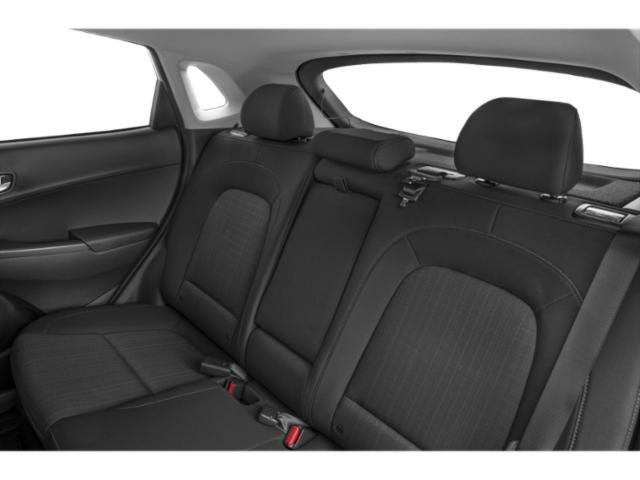
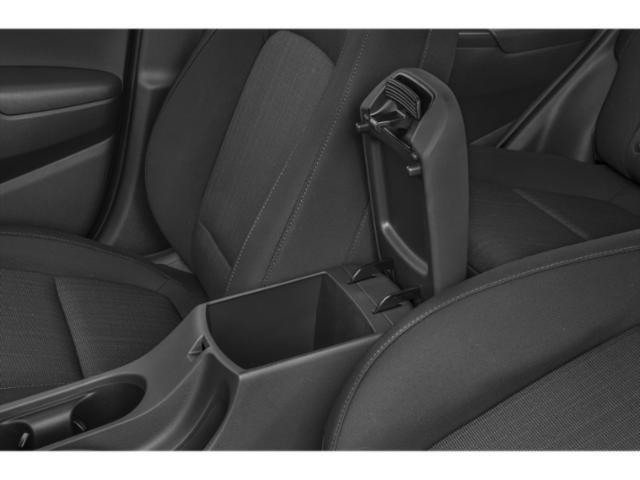
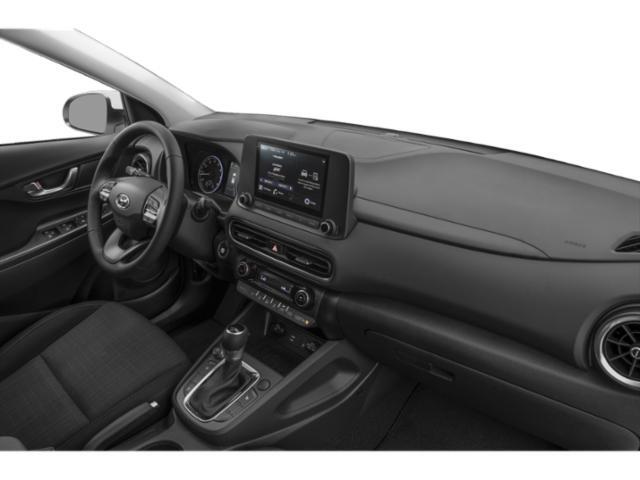
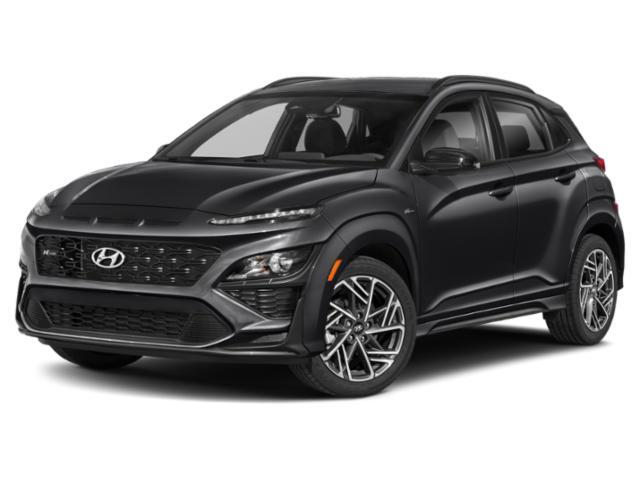
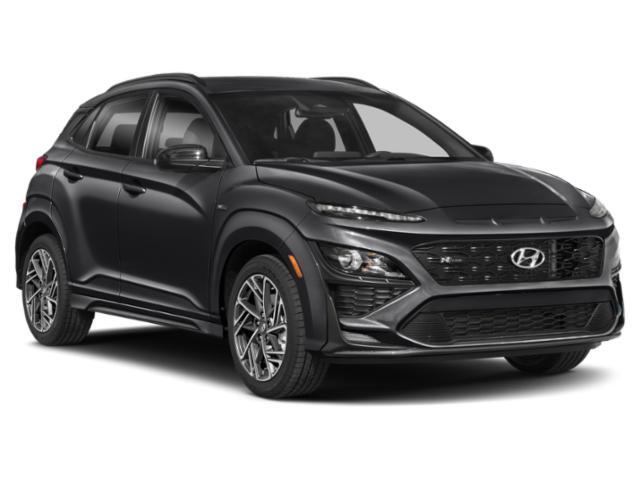
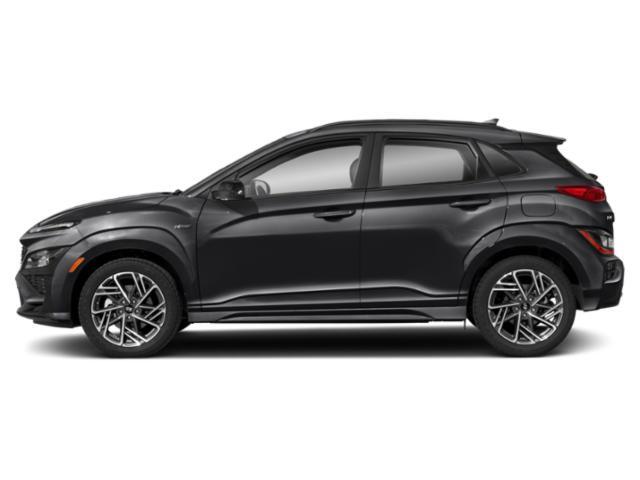
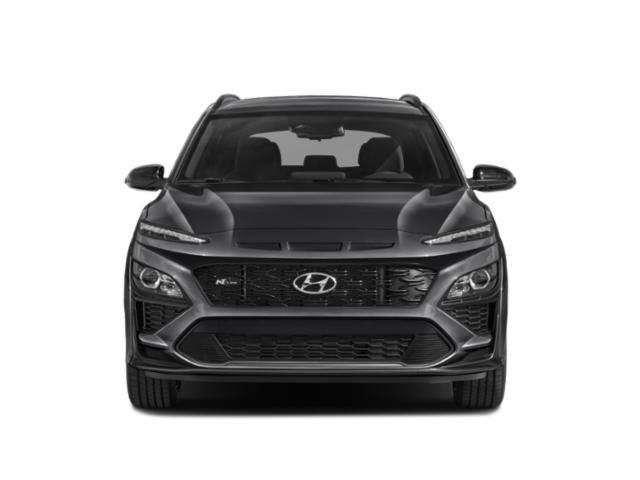
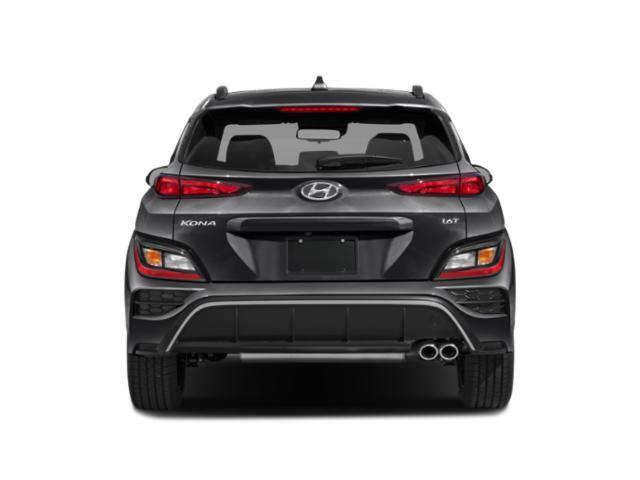
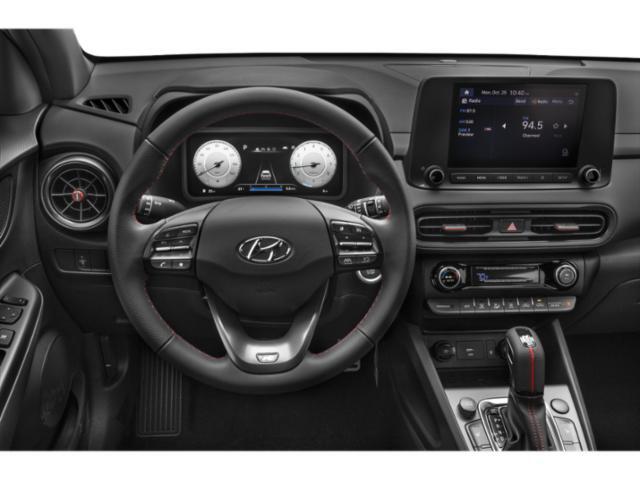
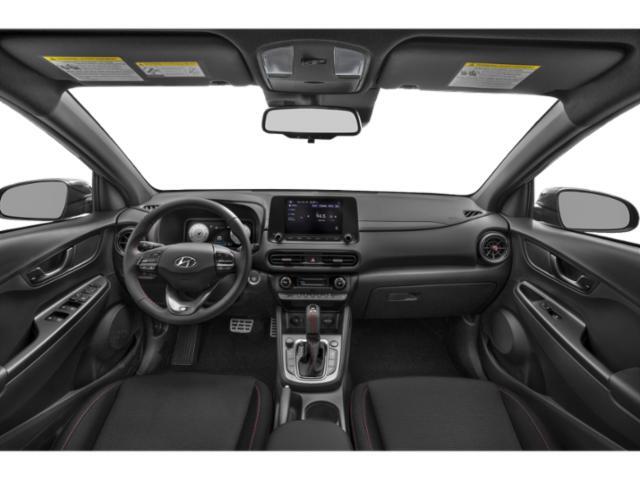
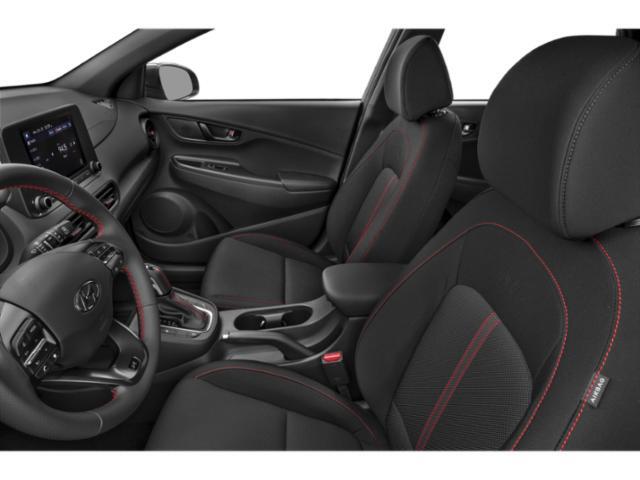
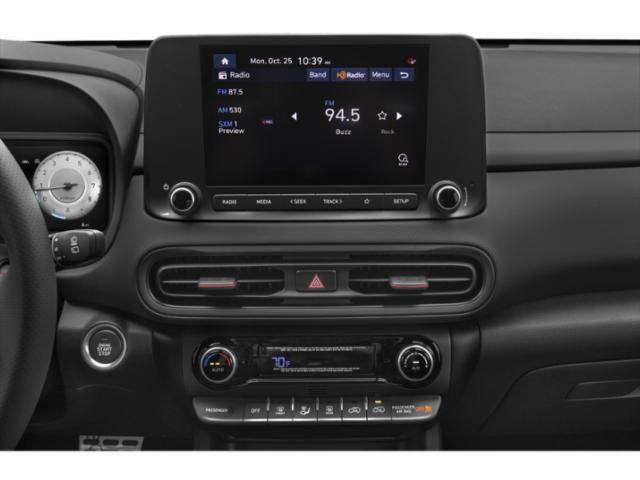
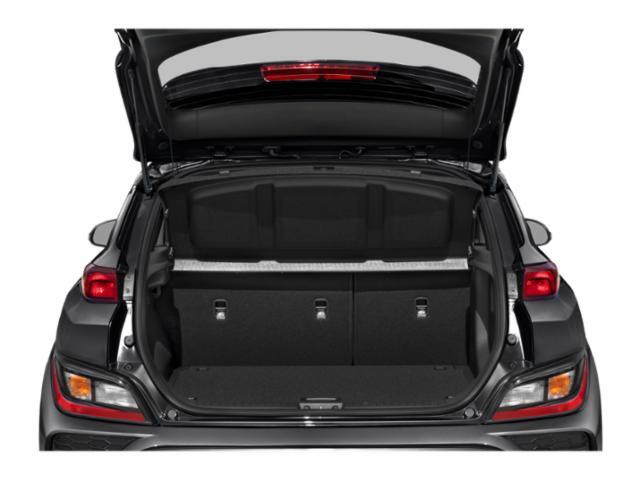
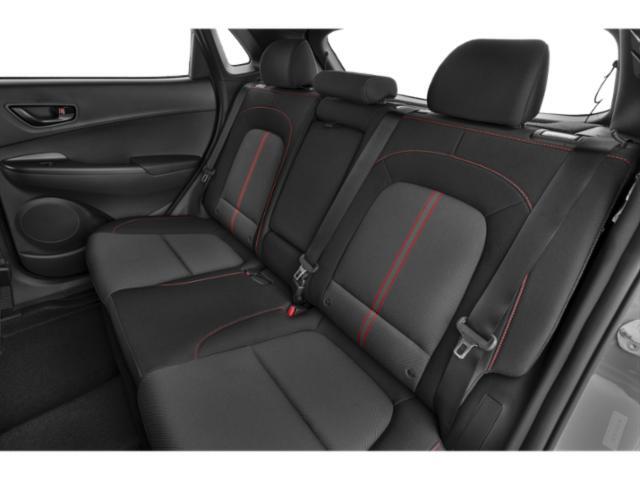
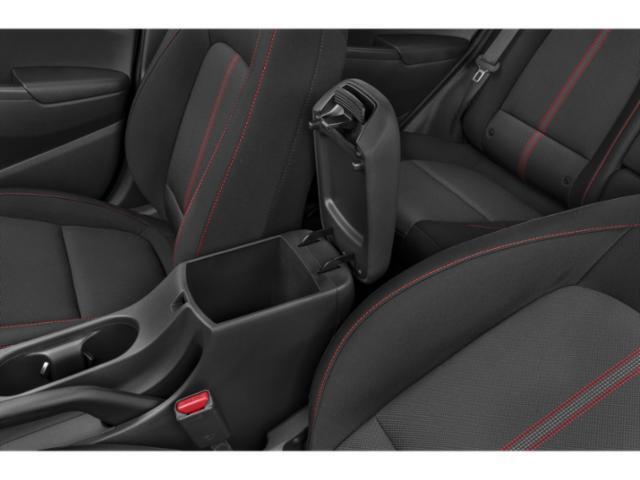
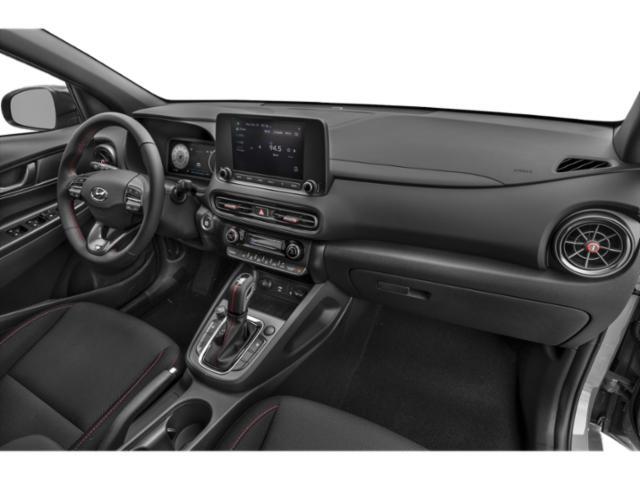
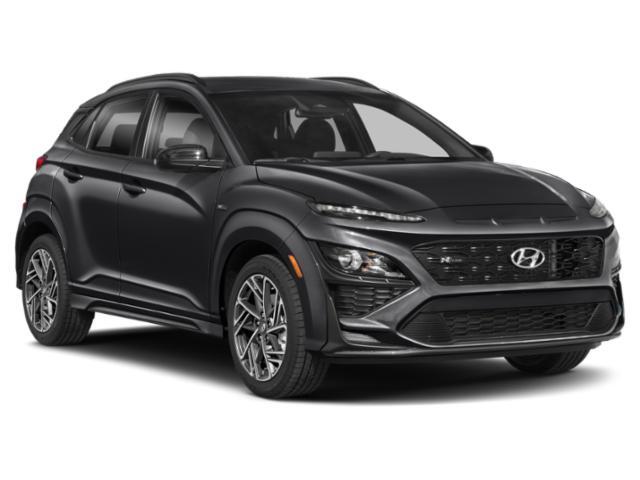
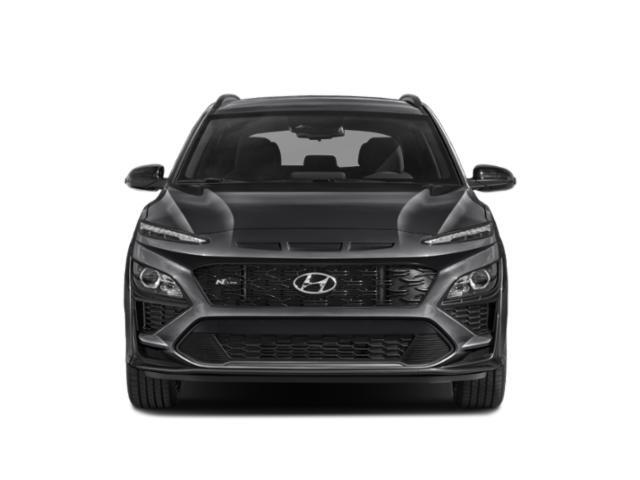
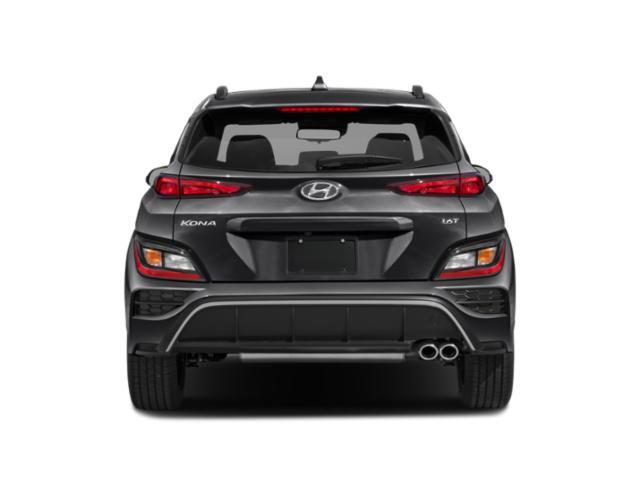
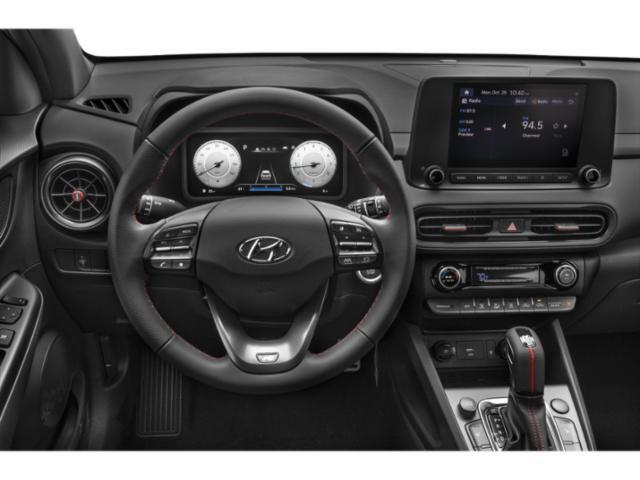
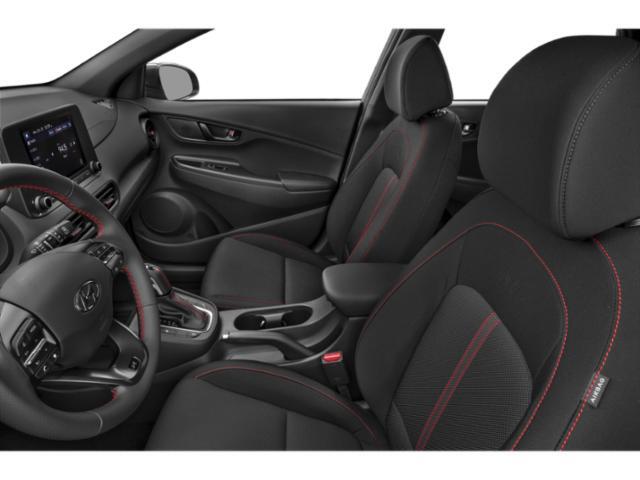
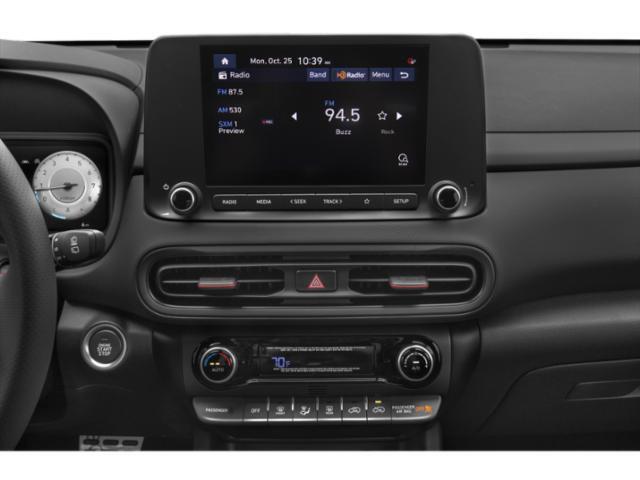
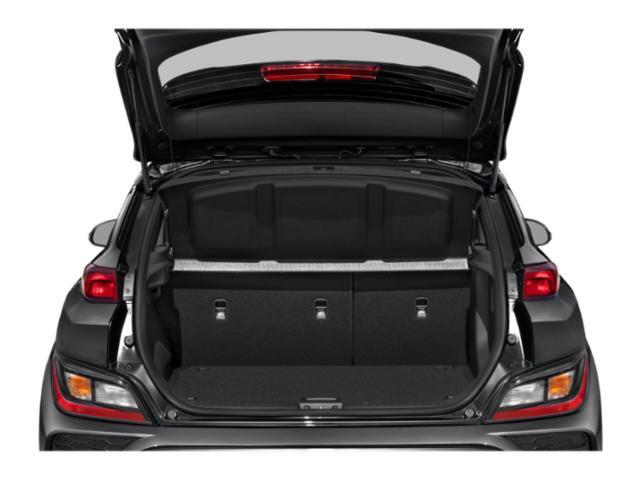
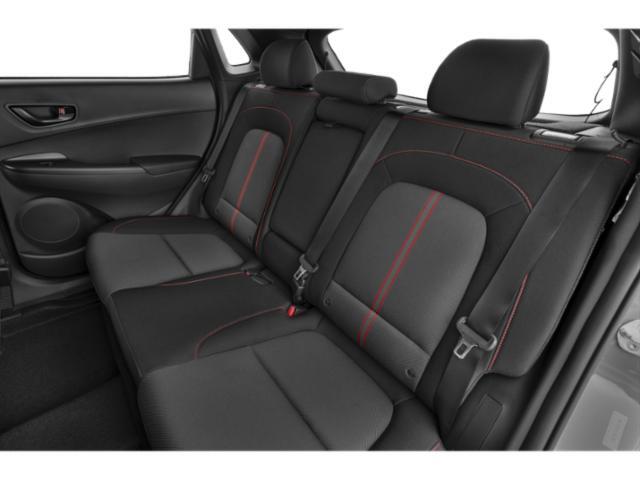
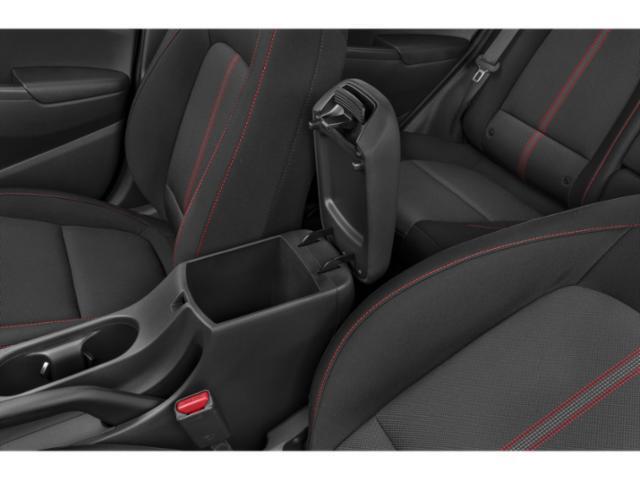
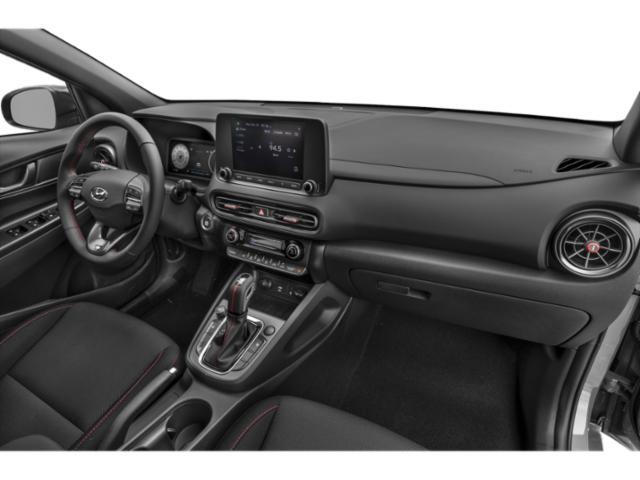
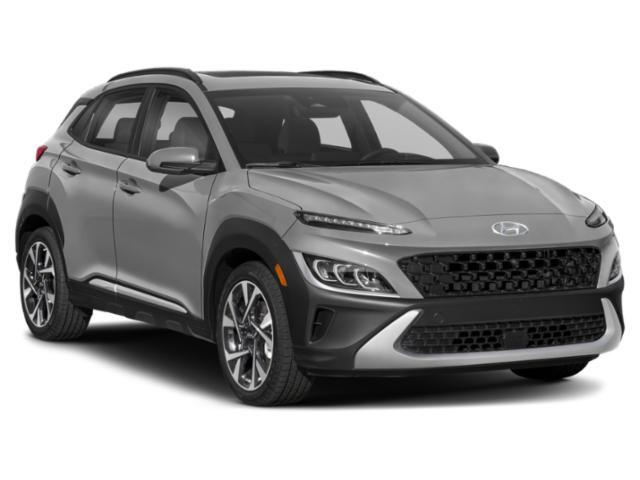
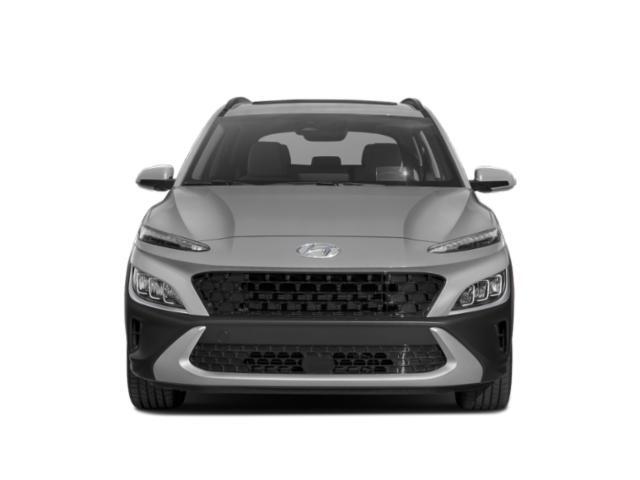
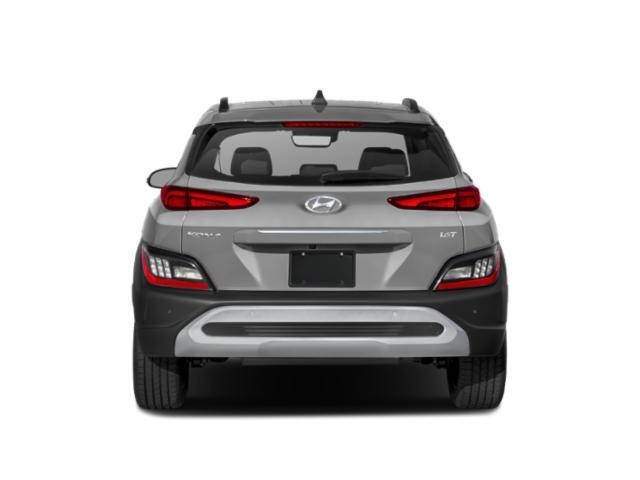
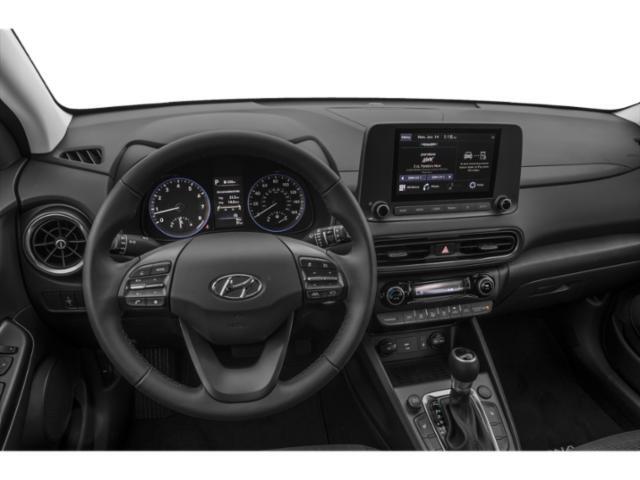
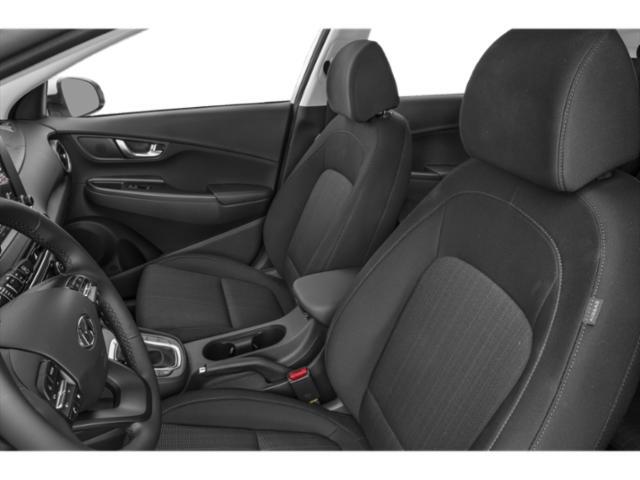
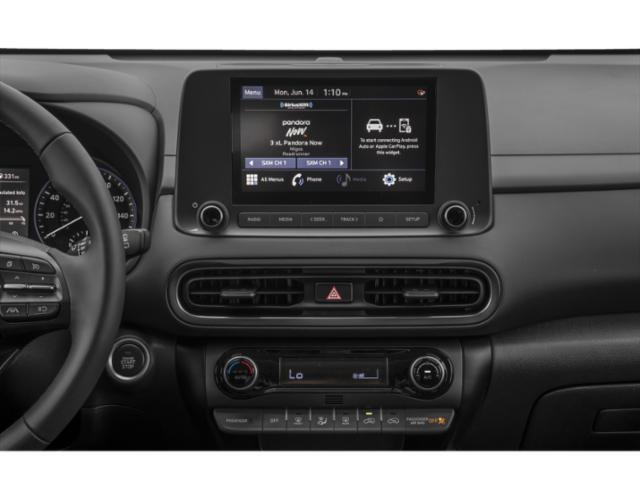
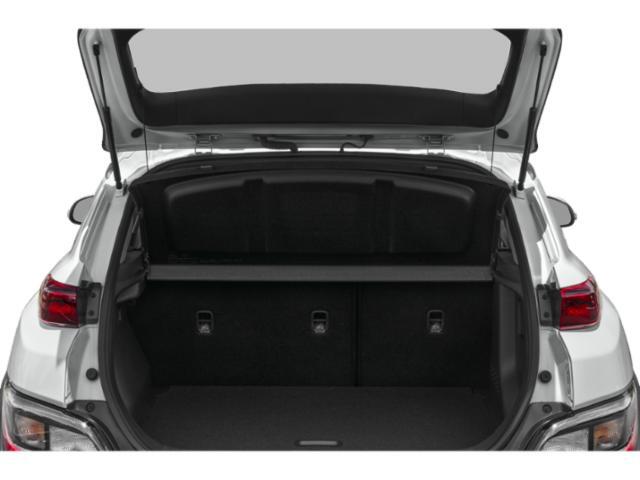
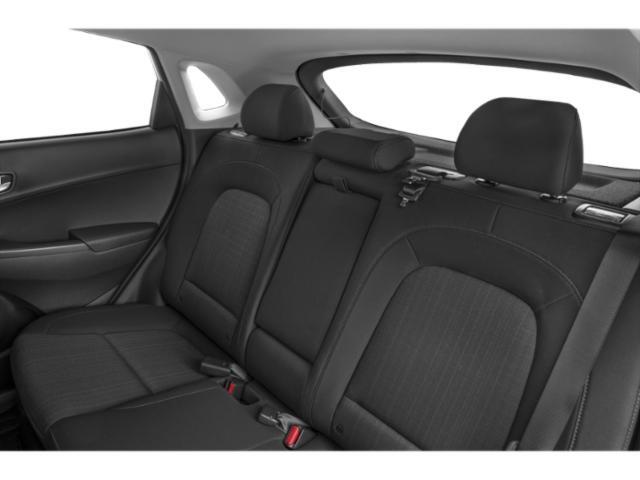
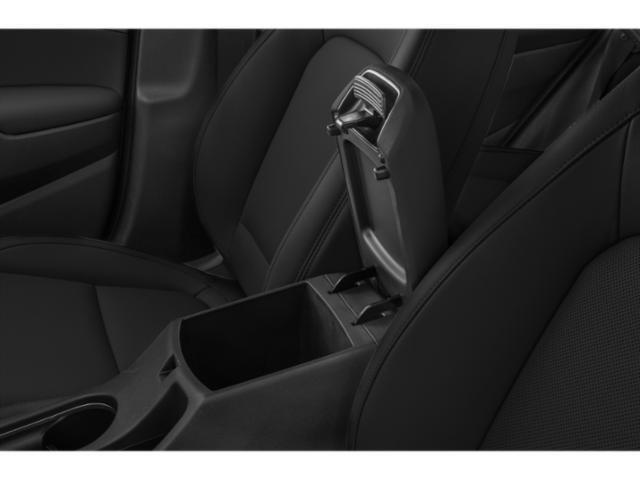
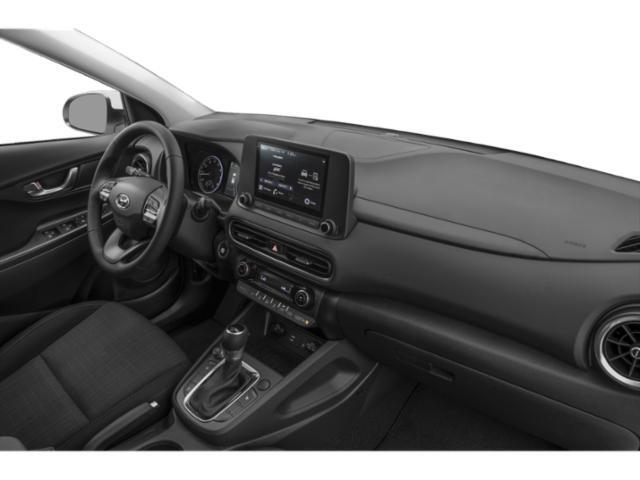
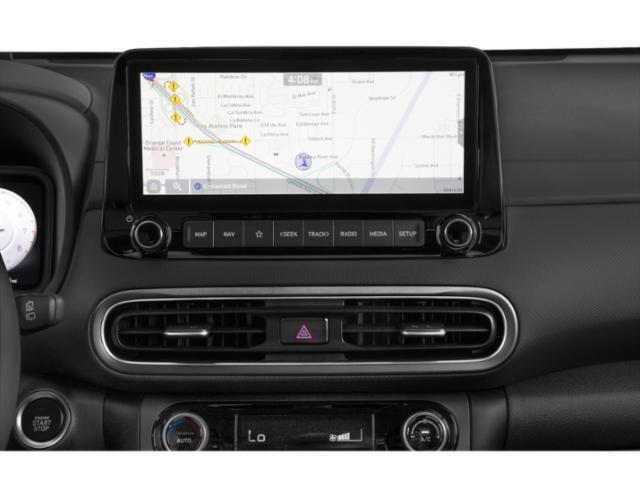









































































AutoTrader Review





